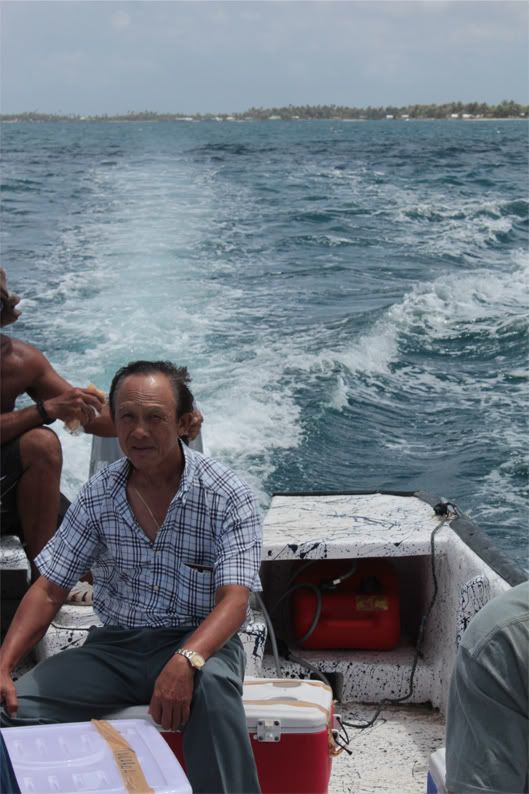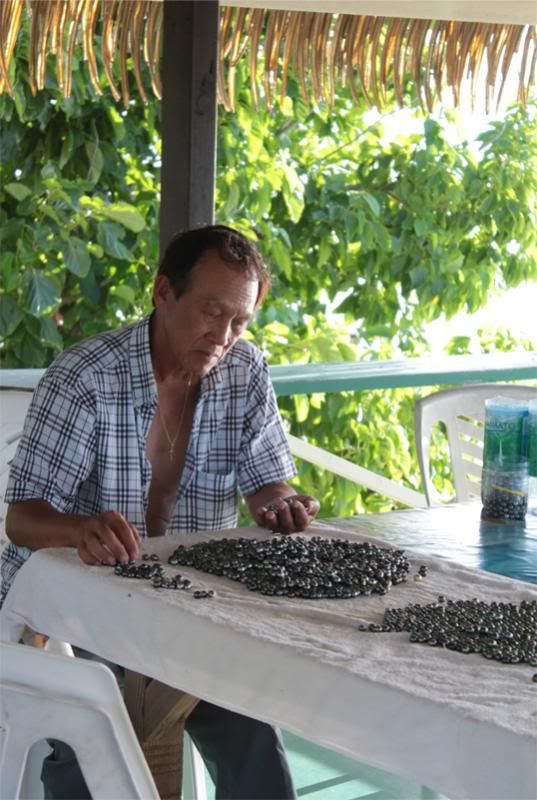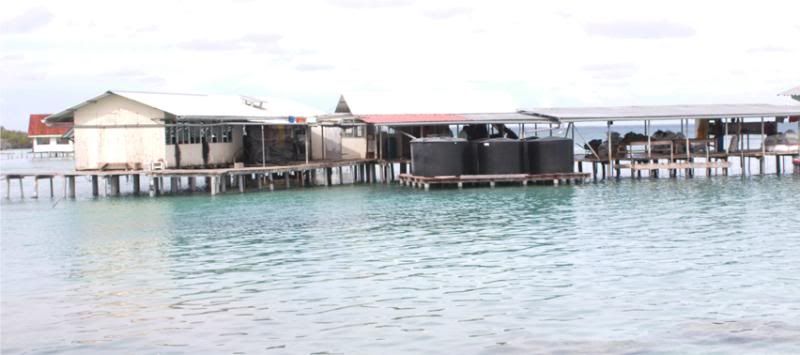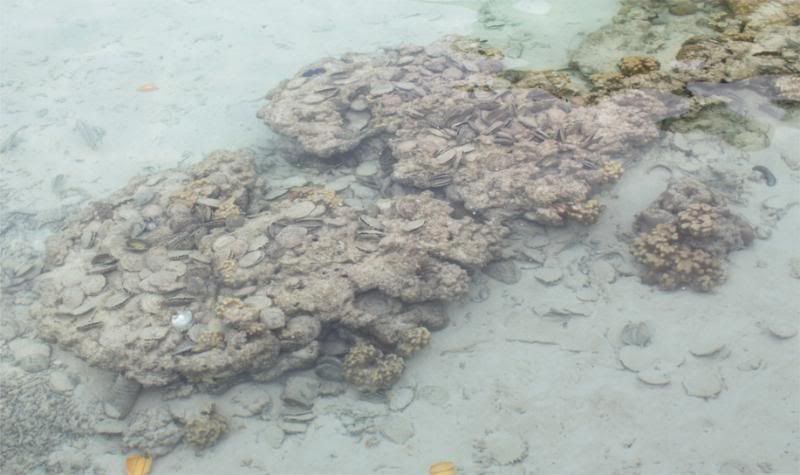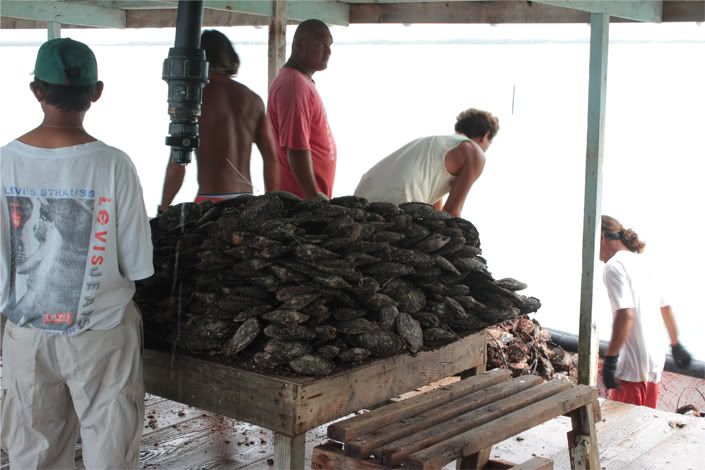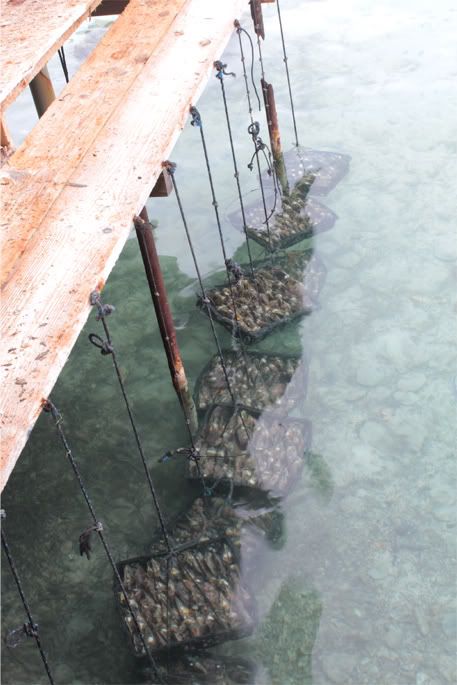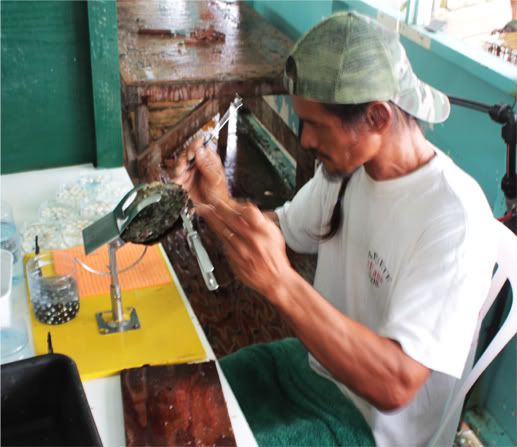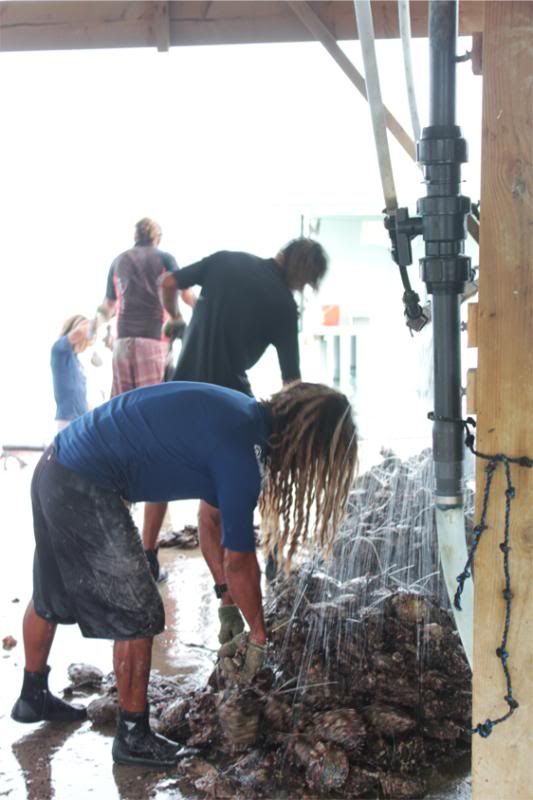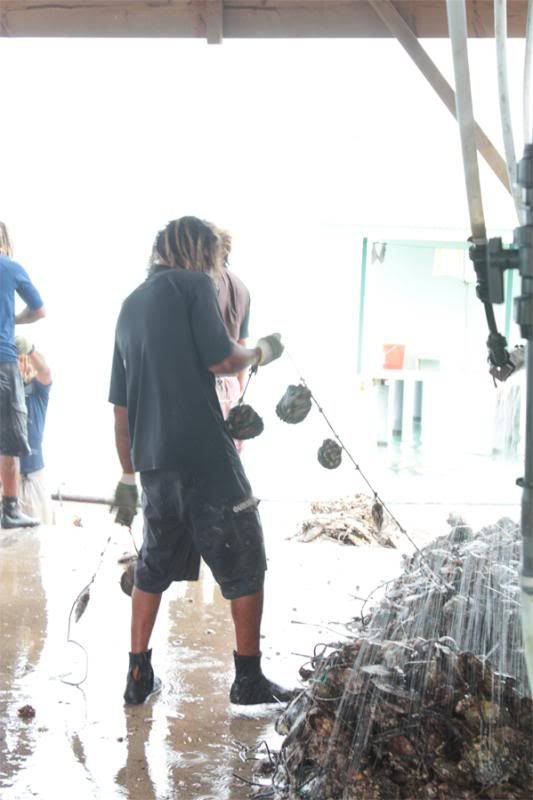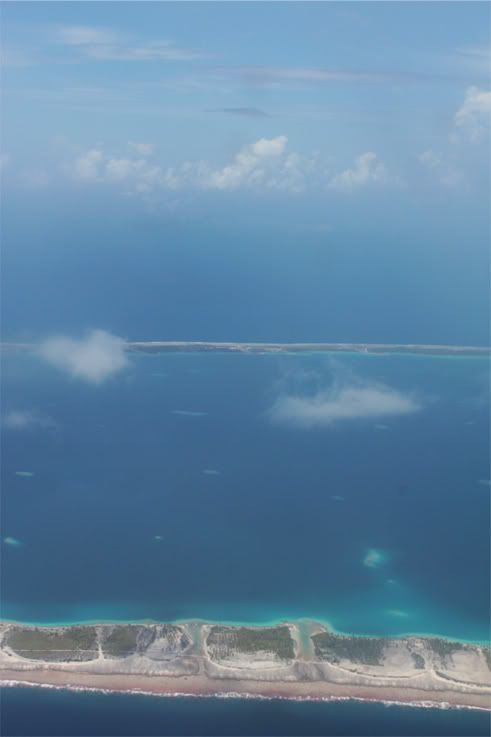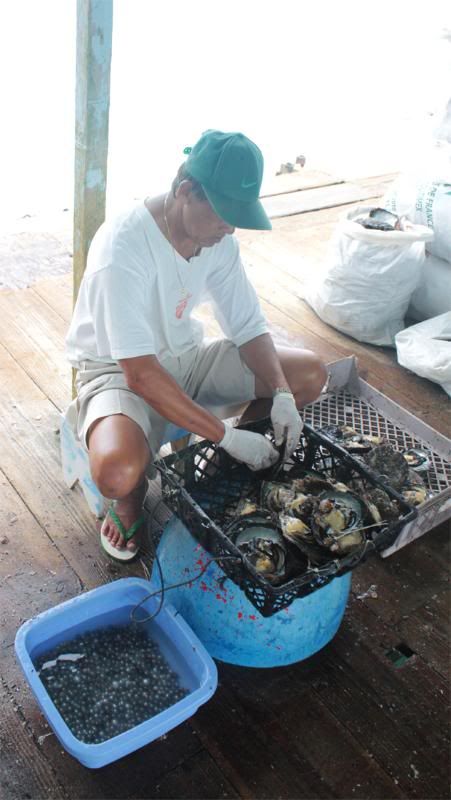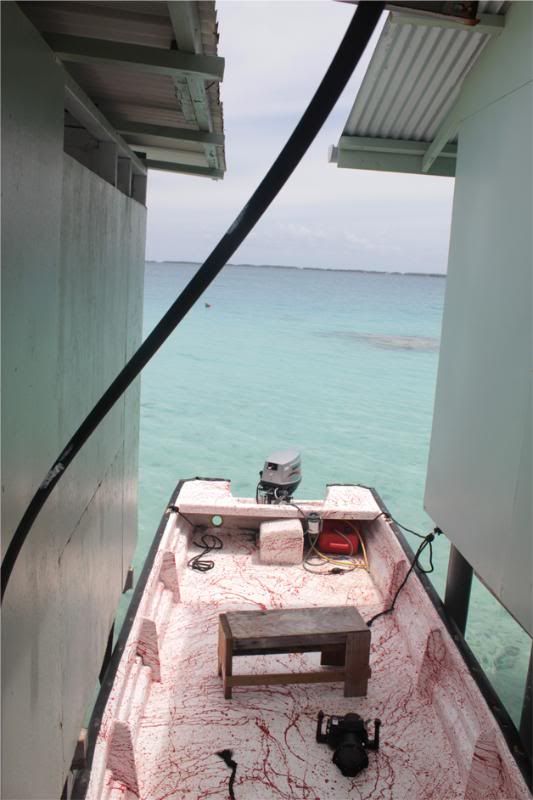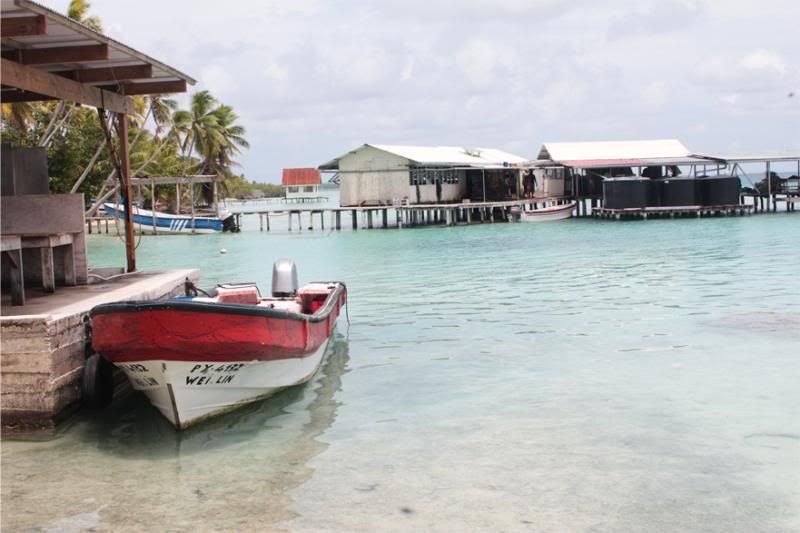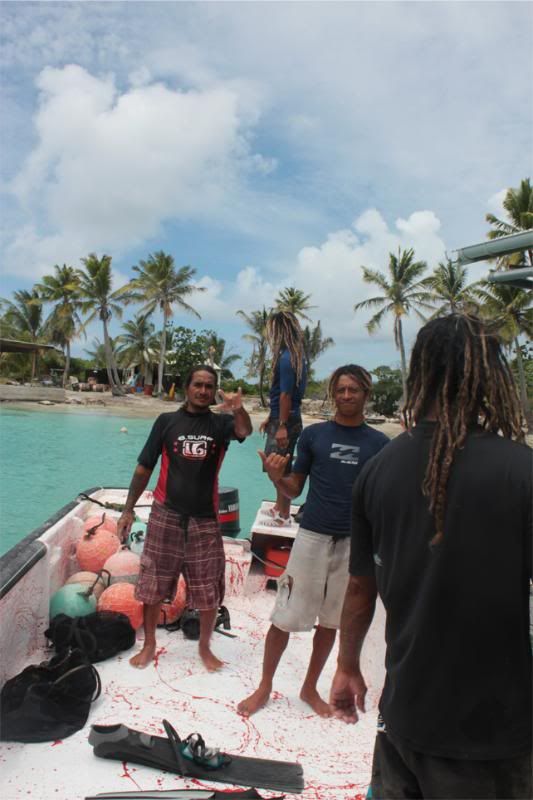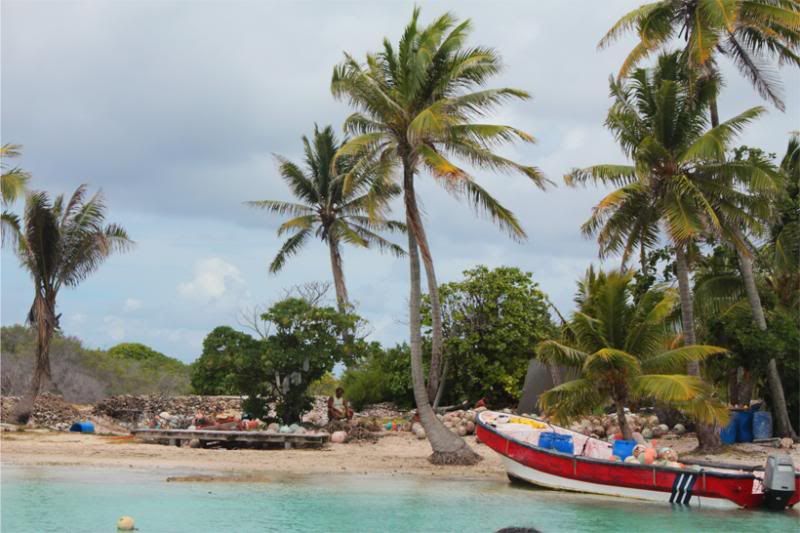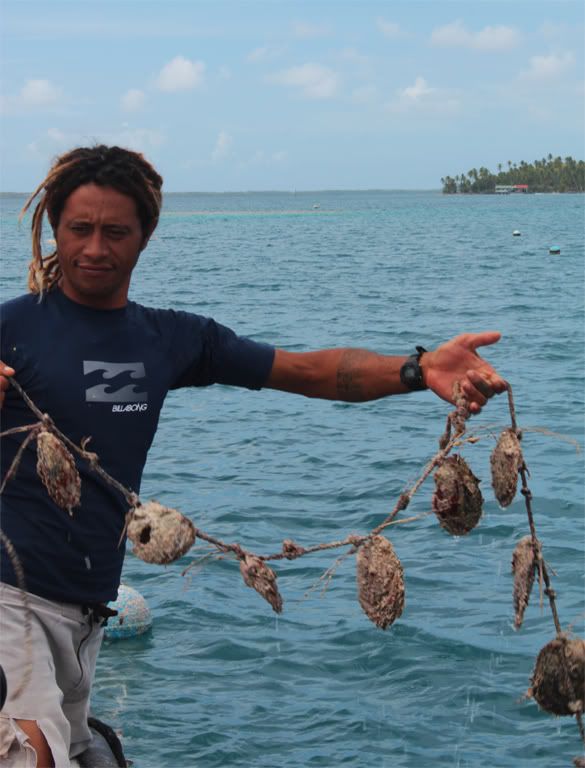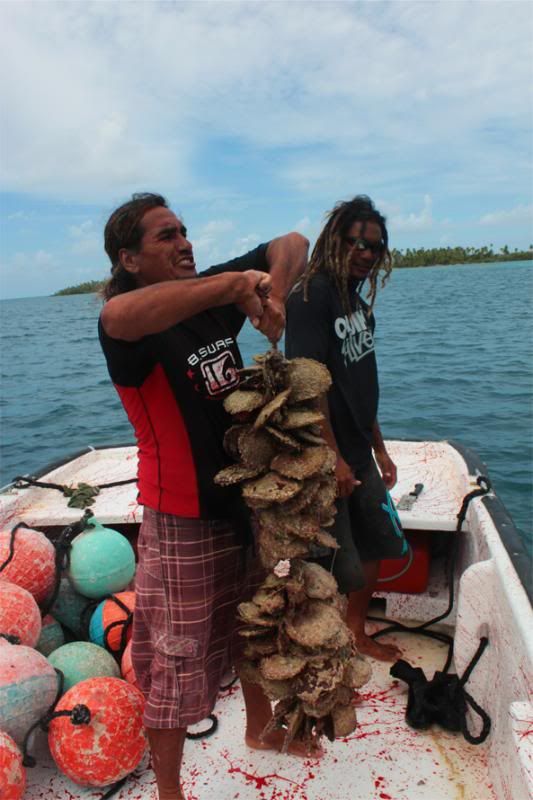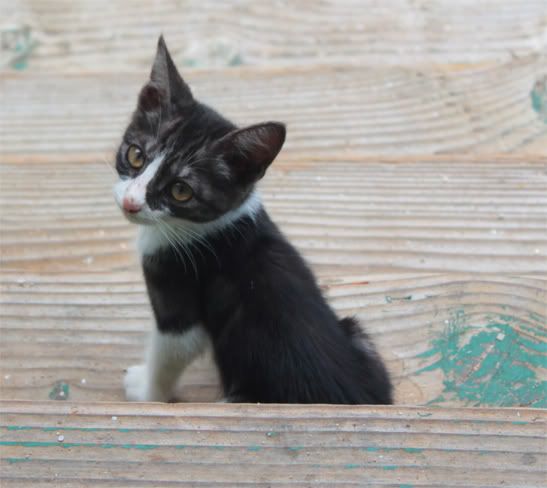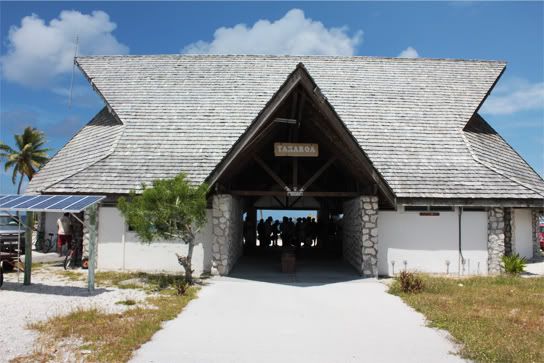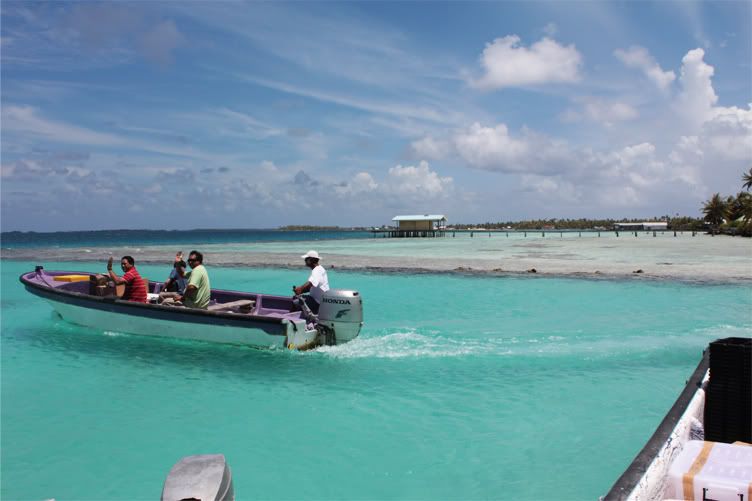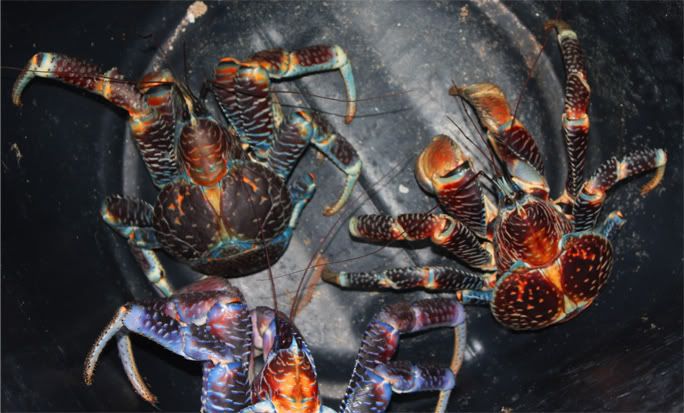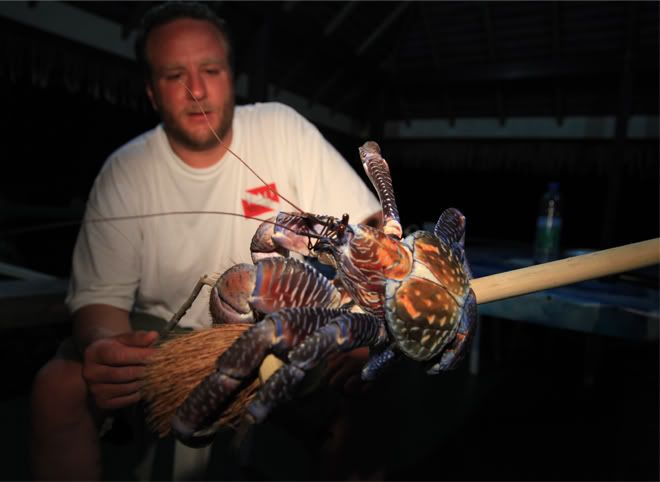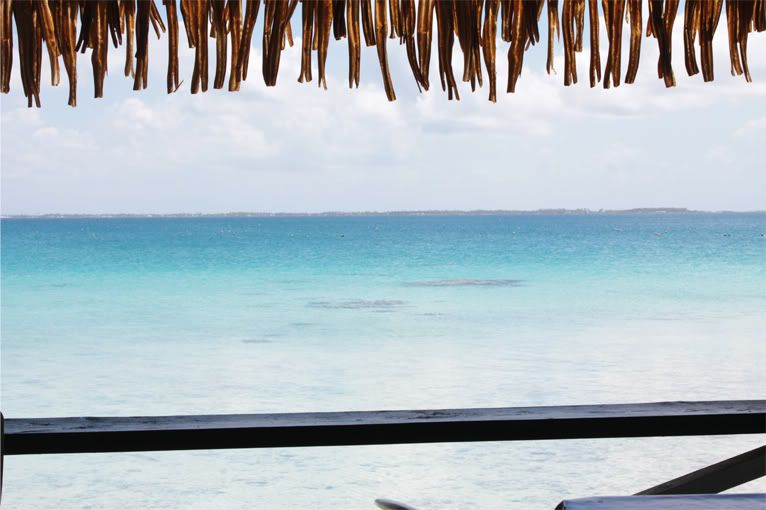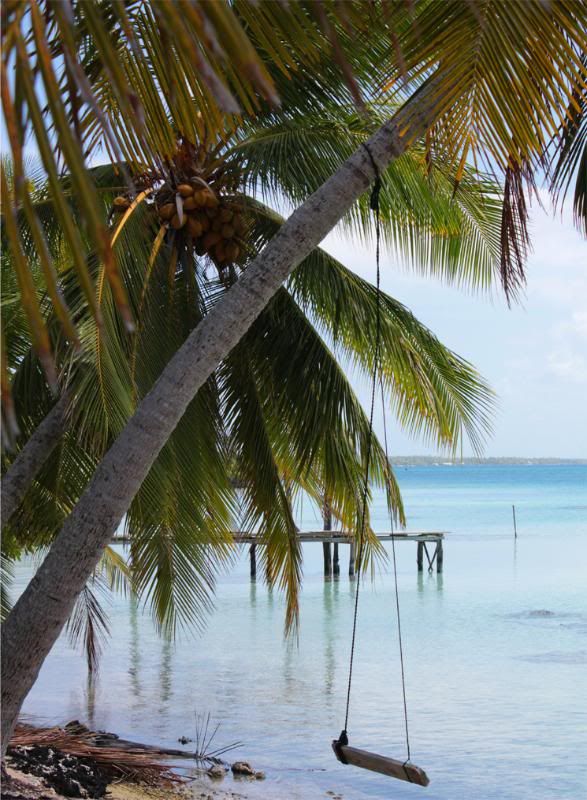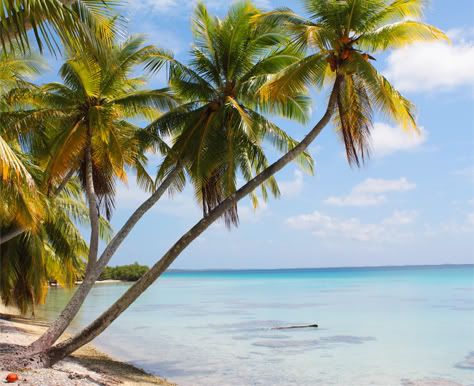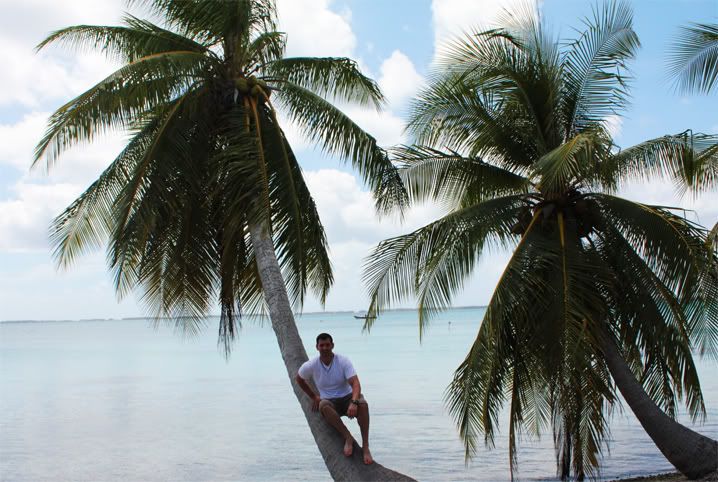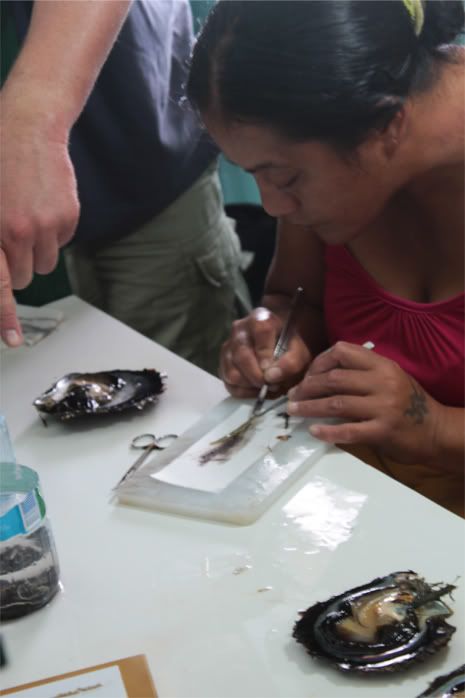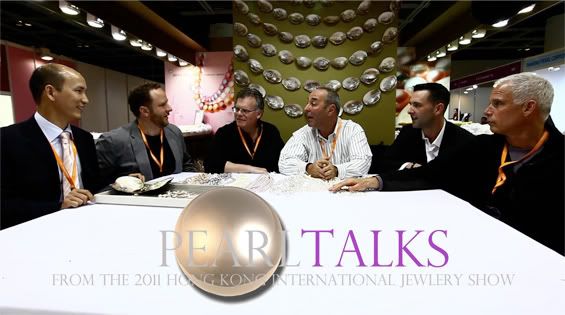JBazar
New Member
- Joined
- Jun 23, 2010
- Messages
- 117
Josh,
Can you check out something for me? Some Tahitian pearls have pastel hues such as light blue, light pink and light green. Knowing that the darker color ones tend to be more valuable in auctions, although in FP they say colors don't come into valuation (only surface purity, size, etc.). Does any of the farms try to produce pastel pearls? And if they do, how is it accomplished? Thanks.
Can colors be controlled compared to Fiji (using donor oysters with chocolate and blue colors)?
Instead of GIE, they have another group now, Maison de la Perle or something like that. How is it working? Do they intermingle inventory?
Does Mr. Wan purchase smaller farms' inventory to help smaller farms survive? Smaller farms, who do they sell to if they have less access to larger designer houses like Cartier, Van Cleef Arpel?
These are all really great questions.
When comparing the colors of Tahitian pearls to Fijian pearls I would say that in Tahiti you can find all of the colors blue, brown, peacock, green etc. but they are going to be darker on average. Fiji pearls are incredibly light in color. Here is a picture of a strand of multicolor pearls that I found in Bora Bora. This is the most vibrant multi color strand that I have ever seen and I think it represents the colors of tahitian pearls quite well.
Tahitian pearls notice that they are darker but the color is there.

These are the lightest colors that I could find when I was sorting through Paul Yu's daily harvest of a few thousand pearls. Although they are very light in color they are only a few out of thousands. In Fiji it is much more common to find these light colors.
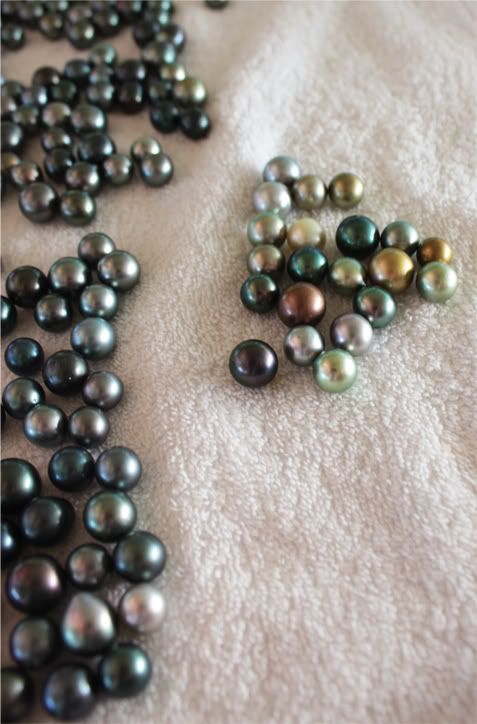
Fiji Pearls similar colors but a bit lighter.

I asked Paul Yu what color of pearls he was trying to produce at his farm and his answer was just what I had expected, he said pretty much the darker the better. The color of pearl you get has everything to do with the specific selection of mantle that is chosen from the donor shell. The donor shells are chosen due to the color of their lip, only the shells with the best lip color are chosen. When choosing the section of mantle in which to graft with, the selection must be perfect as the wrong selection can often produce very light colors such as silver and off white. In Fiji they specifically choose donor shells that demonstrate mind blowing colors such as chocolate, blue, green, cherry etc. Since the color of your pearl can be so strongly influenced with the combination of a good donor shell and highly skilled technician I am sure that their are Tahitian farms that go out of their way to produce these colors.
What makes Fiji pearls so light in pastel color is that they come from a shell that is a sub species of the Pinctada margaritifera. These mollusk are more orange in color as you could see in the images I posted from Fiji also their lip tends to be lighter. This sub species is indigenous to Fiji and a few other places that escape me right now but I believe some are found in Tahiti although it is rare to find them their. Also J. Hunter farms do an amazing job in selecting extraordinary donor mollusk and their grafters must be extremely skilled, if they were not then you would not be seeing the consistency of color that they are producing.
I hope that this answers the first part of your question? In response to the second part regarding (Maison De La Perle) I will post some images from their HQ in a bit, but I also did a "Pearl Talk" with their director that should answer many questions but you will have to wait to see that as our editors have hundreds of hours of video footage to sort through.

